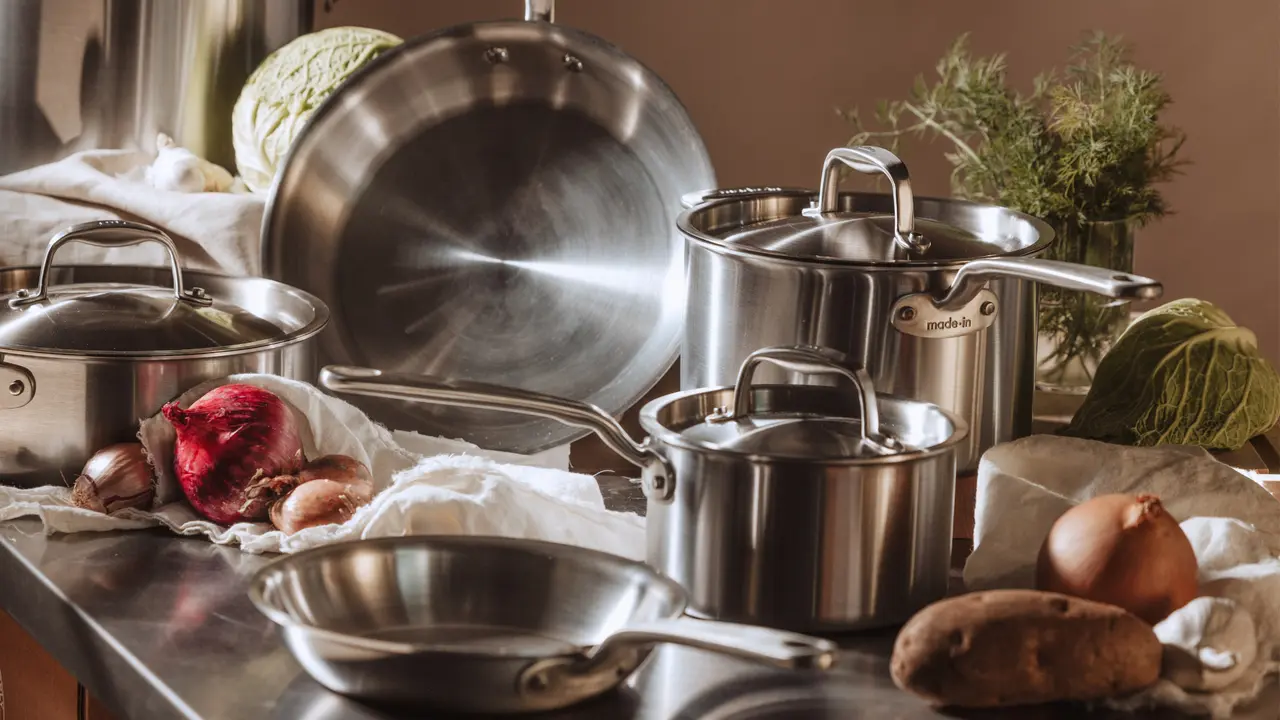Have you ever asked yourself, "What is mole made of and why is it closely associated with Mexican cuisine?" Look no further.
Truly a sauce of legend in Mexico, mole's name is thought to come from the indigenous Aztec word molli (sauce) and mole (mix). Some claim that mole's creation was the result of a last-ditch effort by Mexican nuns to cook a meal worthy of serving to a visiting archbishop from a hodgepodge of available ingredients, and the unusual mix of ingredients was the perfect accident.
What is Mole Sauce?
Regardless of its true origins, traditional moles mix together an intentional array of ingredients, combining traditional Mexican ingredients and methods used in ancient Aztec culture with the modern spices introduced to Mexico by Spanish invaders and Caribbean trade routes. A versatile sauce, a single mole recipe can contain more than 20 ingredients. Its consistency ranges from broth-like and runny to thick and sticky, and the sauce varies in colors from black and brown to bright red and yellow. Modern mole sauces usually include dried ancho chile peppers, fresh or dried fruits, nuts, spices (black pepper, cumin and cinnamon), onion, garlic, and even Mexican chocolate.
With no set recipe, contemporary moles are open for experimentation (and a great sauce for resourceful home chefs)! However, a few mole variations have become popular and are widely recognized as mole in both Mexico and the United States.
What is Mole Sauce Made Of? Breaking down the ingredients
Remember, moles are bursting with different flavors, which means it requires a unique blend of ingredients to pull off this delicious, and decadent sauce. The dried chiles add a kick, the chocolate adds a richness, and the tomatoes add an acidity that perfectly complement the other ingredients. Generally speaking, there are 5 main categories that make up a homemade mole. These components include heat, acidity, sweetness, spices, and thickeners. Once the base of the sauce is formed, a liquid will be added and then the mixture will be simmered for hours to let the flavors develop.
Favorite Modern Mole Sauce Varieties
In the United States, mole sauce usually refers to mole poblano, the most loved variety served north of the border. Yet, in three of Mexico’s regions, there’s still some flexibility when it comes to making mole:
Puebla - The ever-popular Mexican mole poblano comes from Puebla. Chocolate gives this mole its dark color and balances the heat from mulato peppers. The people of Puebla traditionally serve this mole at celebrations like weddings and Cinco de Mayo.
Oaxaca - Oaxaca popularized varieties of Mexican mole including mole amarillo, chichilo, coloradito, mole negro (the most popular) and mancha manteles (tablecloth stainer). These moles feature diverse ingredients, vary in color from red to black, and they range in taste with both sweet, fruit-based and savory onion-based recipes.
San Pedro Atocpan - This community near Mexico City is responsible for popularizing the mass production of mole powders and pastes after the invention of the mill. The most common homemade mole sauce recipe from this area is mole almendrado, which features almonds grown in the region.
How Is Mole Made?
The traditional method for making these types of mole are laborious and time-consuming. All ingredients are typically roasted and ground into a fine powder or paste. The ground mole base is then mixed with water, chicken broth, or chicken stock and cooked in a heavy stainless steel pan, stirring continuously to prevent burning. The sauce is simmered until it's thick and has developed complex flavors. If the mole recipe contains chocolate, it is not added until the very end of the cooking process to preserve its cocoa flavor. If you are making a large batch of sauce for a party, you can also use a stainless steel stock pot as well.
Tips and Tricks from Made In for the Home Chef Making Mole
Although milling your roasted or dried ingredients in a traditional molcajete is the proper way to make a mole powder (and will bring out a stronger taste), you can use a food processor or grinder to speed up the process for your authentic mole sauce. Before grinding, use a carbon steel frying pan to roast nuts and a bottom-heavy sauce pan to soften peppers and/or fruit.
We love the Mole Amarillo recipe from Bon Appetit as a gateway into mole-making. With onion, garlic, guajillo chiles, coriander seeds, and a number of different ingredients, this mole recipe really knows how to pack a punch when it comes to flavor. The spices can be hard to track down in your local grocery store, so try checking out an online spice supplier like Spice Trekkers or Penzy’s to see if you can get what you need for this mole recipe.
Photo: Bon Appetit
Once you’ve made a homemade mole sauce, you’re able to keep it for up to a week, giving you the flexibility to use your sauce for mole chicken, pan-roasted fish, shrimp, pork or beef, and enchiladas. Get more inspiration for Mexican dishes by checking out our taste of Mexico article, which profiles the different cuisines and influences across the country's food landscape.




























